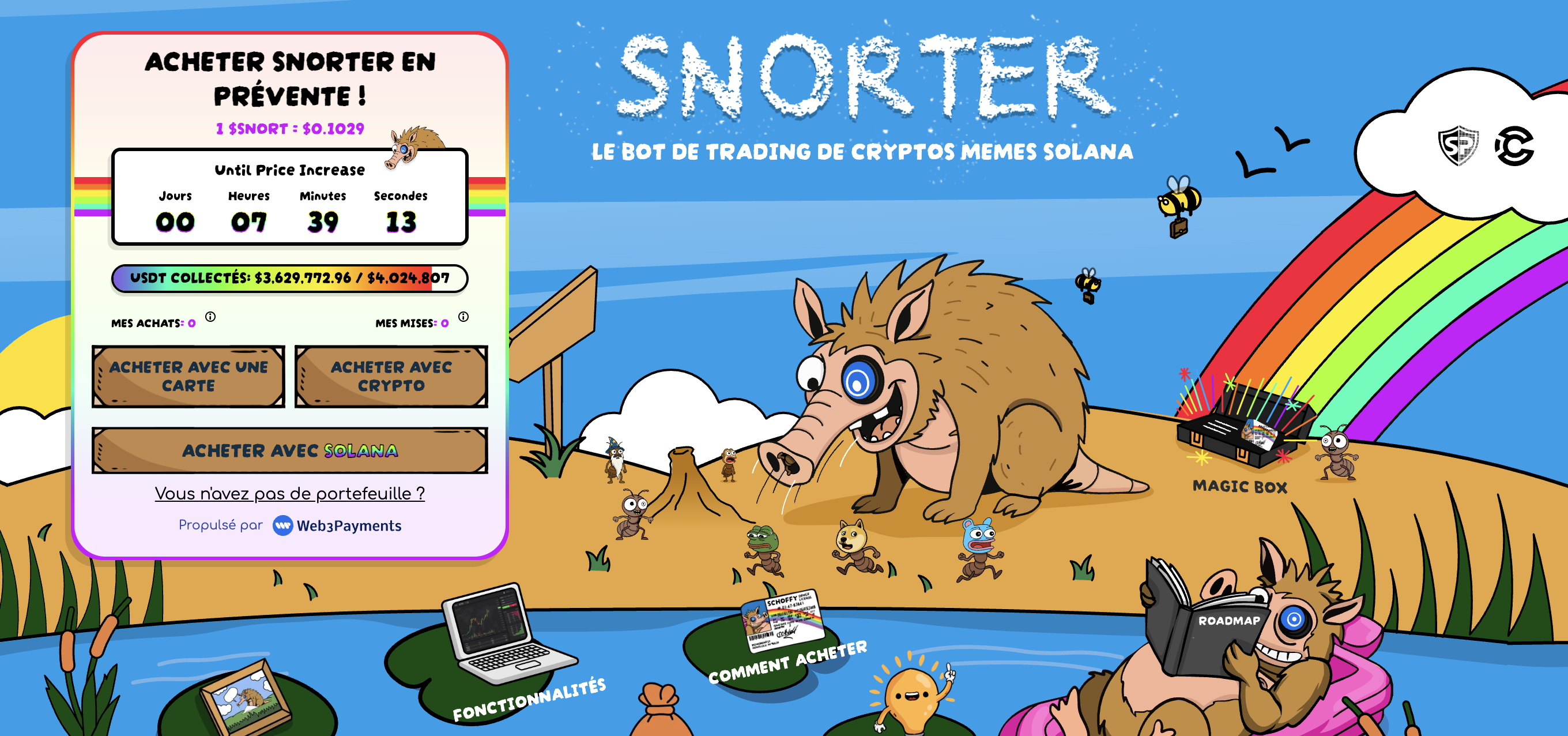Solana en route vers les 300 $ : analyse de la tendance des leviers techniques
En août 2025, Solana n’a plus rien du pari marginal qu’il incarnait encore il y a deux ans. Son prix, installé au-delà des 200 $, donne le ton. Le marché n’hésite plus à parler d’une cible à 300 $. Certains l’annoncent comme une certitude, d’autres comme une illusion. Mais tous s’accordent sur un point : quelque chose s’est enclenché, et rien ne semble pouvoir ramener SOL en arrière.
Solana teste ses limites
Les graphiques révèlent une montée régulière. Pas de chandeliers délirants, pas de pumps éphémères, mais une progression patiente. Les volumes suivent. Les ordres d’achat s’empilent, absorbant chaque repli. La cassure des 200 $ a agi comme un signal. Les vendeurs ont reculé. Les acheteurs institutionnels, eux, se sont avancés. C’est désormais eux qui imposent le tempo.
Ce qui intrigue, c’est la solidité des supports. Chaque tentative de correction échoue plus haut que la précédente. Le marché se cale comme s’il savait déjà où il veut aller. Et ce point, c’est 300 $. Pas seulement parce qu’il s’agit d’un chiffre rond. Mais parce que c’est une frontière symbolique : celle qui installerait définitivement Solana parmi les blockchains majeures, au-delà de la simple alternative à Ethereum.
Les catalyseurs derrière la hausse de Solana
Ce n’est pas un hasard si la confiance revient. Le réseau tourne désormais à plein régime. Les applications DeFi explosent, les volumes NFT redémarrent, et les frais restent ridiculement bas. La vitesse est toujours là, mais avec une stabilité que les sceptiques ne pensaient pas possible.
À cela s’ajoutent les capitaux frais. Les produits dérivés liés à Solana battent des records d’open interest. Des milliards circulent sur les futures et les options. C’est la preuve que les grands acteurs n’attendent plus la validation de la SEC pour se positionner. Ils jouent déjà le scénario haussier. Ils verrouillent leurs paris sur plusieurs mois, parfois plusieurs trimestres.
Et puis il y a l’effet ETF. Le simple fait que Solana figure parmi les dossiers prioritaires a suffi à relancer l’imaginaire collectif. Les gestionnaires voient en SOL le prochain actif à entrer dans le club restreint des produits cotés, après Bitcoin et Ethereum. Le marché anticipe, comme toujours.
Pourquoi Solana à 300 $ n’est pas irréaliste
Certains diront qu’il s’agit d’une barrière psychologique. Mais les chiffres, eux, justifient l’hypothèse. À plus de 200 $, Solana capitalise déjà au-delà de 90 milliards. Une montée vers 300 $ porterait cette valorisation autour de 130 milliards. À titre de comparaison, nous restons loin d’Ethereum, et même en dessous d’anciennes capitalisations atteintes par d’autres réseaux lors du bull de 2021.
Ce n’est donc pas une folie. C’est une étape logique, cohérente avec l’évolution du marché et les flux attendus. Tant que les fondamentaux tiennent, tant que le réseau continue à délivrer, les investisseurs auront tout intérêt à pousser la machine plus loin.
Le rôle des projets satellites
Chaque cycle le confirme : quand les majors s’installent, les petites capitalisations explosent. C’est un réflexe du marché. Une fois les grandes positions sécurisées, les investisseurs se tournent vers les paris asymétriques. Ceux où un billet de 1 000 $ peut se transformer en 10 000 $.
C’est là que qu’un des meilleurs altcoins entre en scène.
Snorter Token, le complément idéal dans une stratégie Solana

Snorter Token n’est pas une promesse floue. C’est un bot de trading déjà opérationnel sur Telegram. Sa promesse : exécuter en quelques fractions de seconde des ordres d’achat ou de vente sur les tokens les plus volatils. Détection des arnaques, ordres conditionnels, copy trading, portefeuille intégré : l’outil couvre toutes les failles que rencontrent les traders sur Solana.
Ce n’est pas un hasard si sa prévente séduit. Plus de 3,5 millions de dollars déjà levés, avec un prix fixé à 0,1027 $. C’est la preuve d’un intérêt réel, pas seulement d’un engouement artificiel. Les premiers investisseurs savent qu’une telle utilité, couplée à une communauté active, peut vite devenir incontournable.
C’est aussi une manière de diversifier. Solana peut doubler. Mais Snorter Token, avec sa capitalisation encore faible, peut faire bien plus si l’adoption suit. Le risque est plus élevé, mais le potentiel l’est aussi.
Ne restez pas spectateur. La fenêtre est courte, et se placer dans la prévente de $SNORT pourrait bel et bien faire changer la trajectoire de votre wallet !
Participez à la prévente de $SNORT !Les risques à garder en tête
Solana n’est pas exempt de défauts. Son historique de pannes plane encore au-dessus de sa réputation. Chaque nouvel incident pourrait remettre en cause la confiance durement regagnée. Le chemin vers 300 $ ne sera pas une autoroute. Il sera semé d’embûches.
Snorter Token, de son côté, est un projet jeune déjà présent parmi les meilleurs meme coins. Son succès dépendra de l’adoption. Les outils sont là, l’idée est claire, mais il faudra convaincre au-delà du cercle des premiers enthousiastes. C’est le pari typique des préventes : prometteur, mais incertain.
Snorter, une prévente explosive à ne pas rater…
Nous assistons à un moment charnière. Solana, en franchissant les 200 $, ouvre la voie à une séquence haussière dont l’objectif naturel se situe à 300 $. Les fondamentaux, les flux, la demande institutionnelle : tout converge vers ce scénario.
Mais pour ceux qui ne se contentent pas d’accompagner le mouvement, il existe des relais de croissance plus audacieux. $SNORT en est l’exemple parfait. Une petite capitalisation utile, déjà financée, déjà opérationnelle. Si Solana grimpe, Snorter Token pourrait exploser et changer la vie de ceux qui seront entrés en présale.
Participez à la prévente de $SNORT !You May Also Like

Bloomberg’s Eric Balchunas Sees 200 Crypto ETPs by 2026 Amid Market Frenzy

New Crypto Investors Are Backing Layer Brett Over Dogecoin After Topping The Meme Coin Charts This Month
